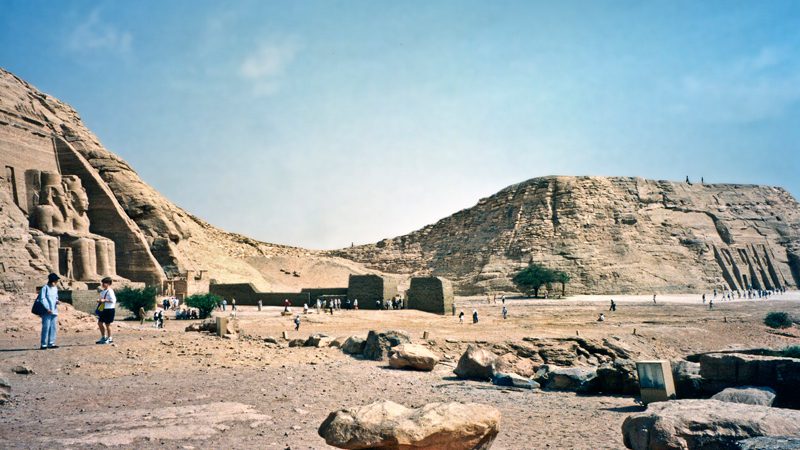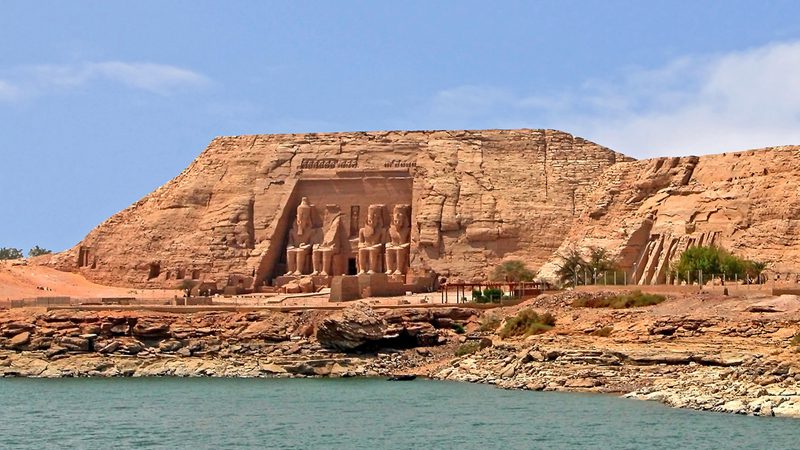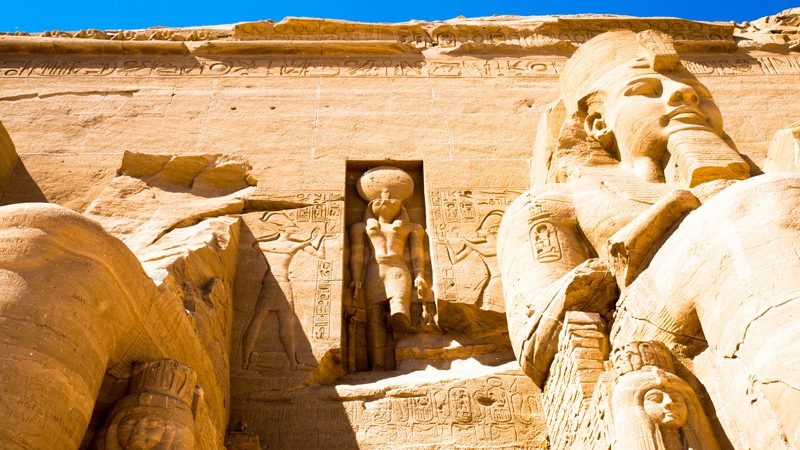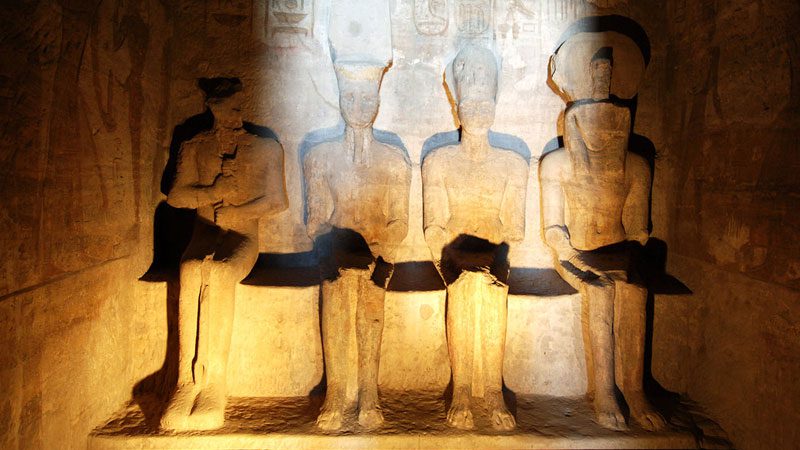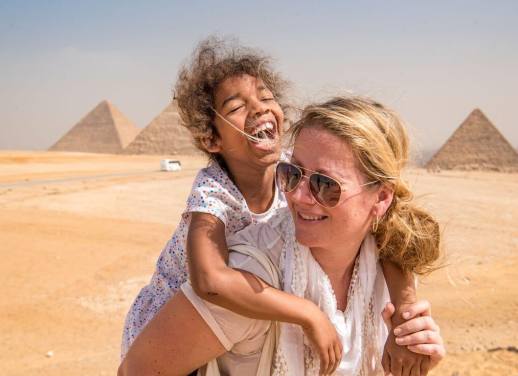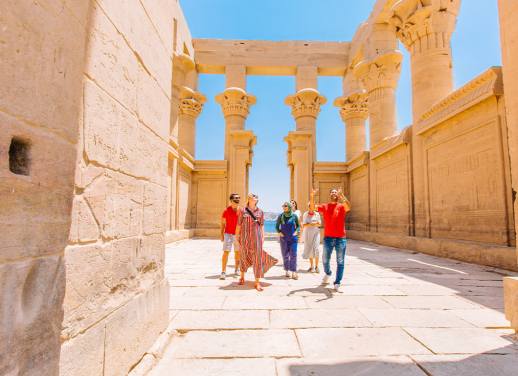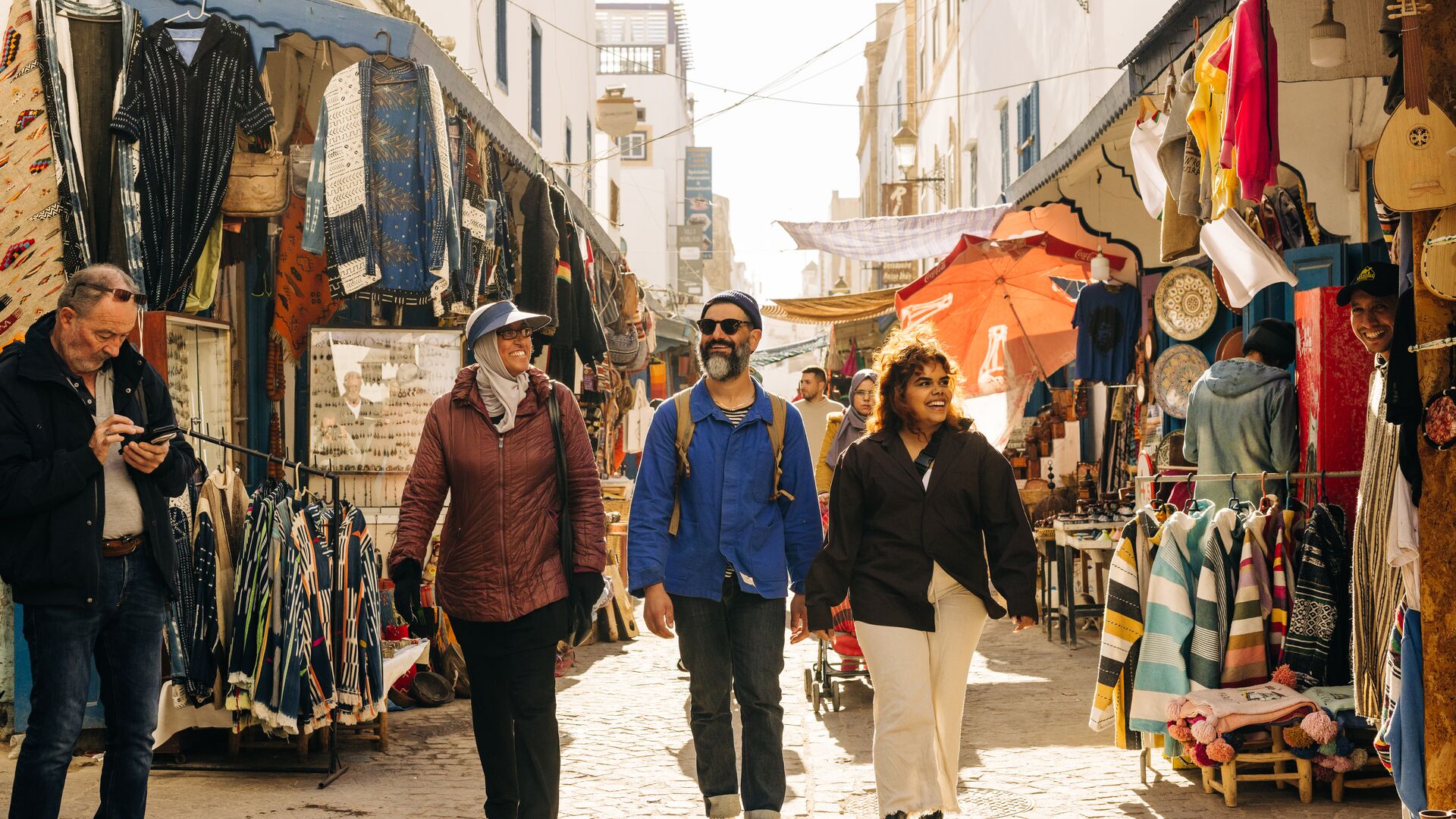Put yourself in Swiss explorer Jean-Louis Burckhardt’s shoes. It’s 1813 and you’re on an archaeological dig in the Egyptian desert, near the old Nubean border. The sands fall away and suddenly you’re staring at the discovery of the century: an enormous head carved from stone, the tip of the great statues of Abu Simbel. It took Jean-Louis another four years to clear away the desert sands and actually enter the temple itself, built by Rameses II (or at least the slaves of Rameses II) about 3000 years ago.
The origins of Abu Simbel
Abu Simbel is still one of the premier antiquities in all of Egypt: two temples dedicated to Rameses II and his wife, Queen Nefertari. The entrance was built so that, twice a year, the sun would shine a beam into the inner sanctuary, illuminating the three statues there and leaving Ptah, the god of the underworld, in darkness. So precise was the design of the temple that this phenomenon occurred on the same two dates each year: October 21 and February 21 (believed to be the Pharaoh’s birthday and coronation, respectively).
The Sun Festival
When the Egyptian government wanted to damn Lake Nasser in the mid 20th century, Abu Simbel was due to be swallowed up by the river. So the authorities actually moved the temple to a new location, cutting the monument into blocks weighing up to 30 tonnes (and you thought moving house was a pain). The Sun Festival still takes place though, the dates just shifted a day forward (due to some complex maths involving the sun, the earth and a protractor).
Each year you can go to Abu Simbel, on October 22 and February 22 and see the light spear through the darkness, illuminating the statues carved inside. It’s one of the cooler, more Indiana Jones-style things you can actually do in a world of pop-tarts and microwaves and Miley Cyrus.
The locals still celebrate the Sun Festival twice a year, and it’s an amazing time to visit Egypt. There’s traditional Nubian dances being performed, street food everywhere (save stomach space for some fresh koshari) and live music outside the temple.
How do I get there?
To see the Sun Festival at its best, it’s probably wise to book a group tour. There’s a secure convoy of approved vehicles that are allowed to visit the temple on these particular days, something you don’t want to navigate by yourself. Our new Egypt Experience – Abu Simbel Sun Festival takes you on a felucca cruise down the Nile towards Abu Simbel. We’ll drive you from the river to the temple site, then fly you back to continue your cruise down to Luxor. You’ll also get an expert local guide who can explain the solar phenomena and knows everything there is to know about the Sun Festival. Beats Wikipedia every time.
Want to see the Sun Festival for yourself? Check out our brand new Egypt Experience – Abu Simbel Sun Festival tour.
Feature image c/o Mariejirouse, Flickr

